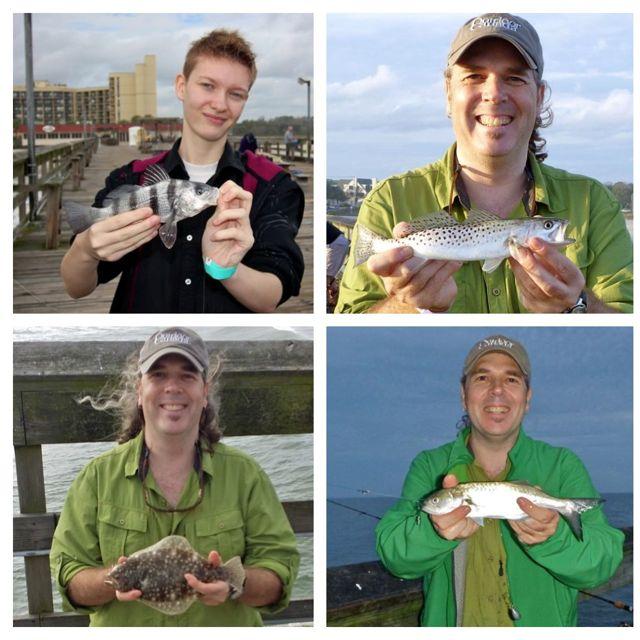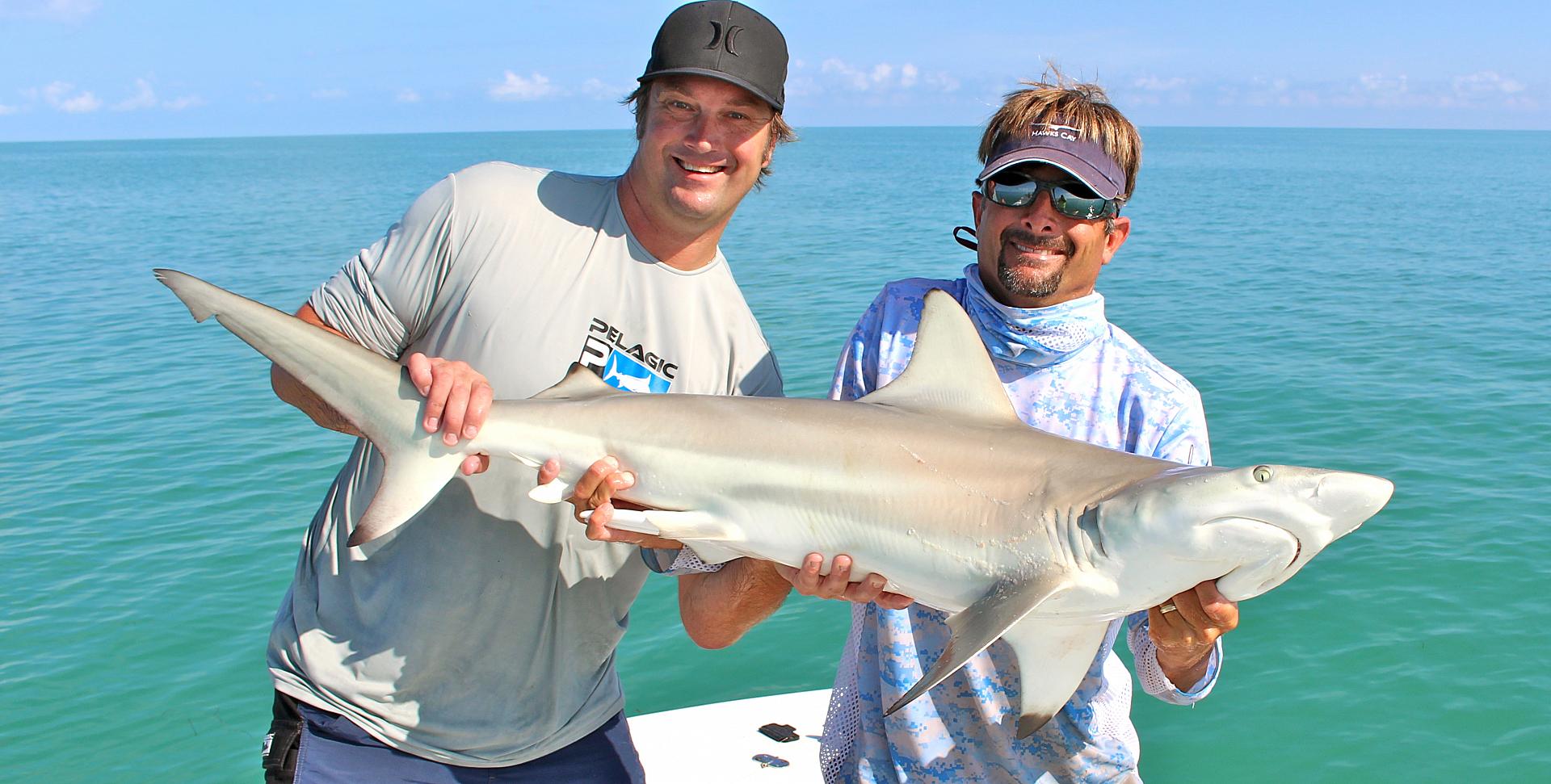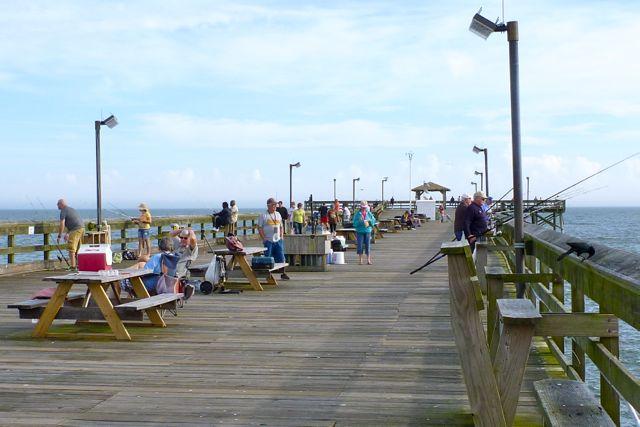Vacation fishing school
Visiting the Sunshine State? From charters to DIY action, here's how to have a some fishing fun
Advertisement
Fishing from shore
If you lack the time or budget for guided fishing, you can very successfully fish from shore, especially off bridges, piers and all public beaches. Some fishing piers (above) even have artificial reefs within casting distance, upping your odds of decent fish. You can catch most inshore gamefish, including snook, jacks, cudas and sharks, plus dinner species such as redfish, flounder and snapper. Try to fish a rising or falling tide, which creates current around piers and bridge pilings. This stirs up the baitfish and—just like at home—the predators follow. For the same reason, also try putting a bait in the calmer water just behind breaking surf.
Advertisement
For tackle, six- to seven-foot medium-action rods, and reels spooled with 20-pound braid or 12-pound mono will do. Just remember, you must thoroughly rinse your gear with freshwater after every use to prevent corrosion from the salt. From home, you can bring some terminal tackle, such as snaps and swivels, wire leaders and hooks ranging from size 6 up to 1/0. To anchor your bait in the waves, you’ll also need one- to three-ounce pyramid and egg sinkers, which you can find locally.
The rigs are basic and easy to make, or cheap to buy. One effective set-up is a multi-hook spreader rig, made with wire or 20-pound mono. Another good option is a sliding sinker rig that’s basically a scaled-up Carolina rig (but known in saltwater as a “fishfinder”). With frisky live bait, also try a simple three-way swivel rig, with the hook as much as several feet from the main line. I also carry a laminated fish identification chart so I know exactly what I’ve caught and whether it’s legal. There are also numerous smartphone apps you can use to identify your catch (below, clockwise from top left: black drum, seatrout, bluefish, flounder).

At home, I rarely fish with bait, but when shore fishing in the ocean, it’s indispensable. I’ve had some success with crankbaits and swimbaits, usually at night, but for steady action, you need meat on your hook. That also gives you a good reason to visit a local tackle shop or bait shack where, in my experience, folks are very generous about sharing information. Live baitfish and shrimp work best, but dead ones are a close second. If there’s no bait shop nearby, try a bag of uncooked grocery store shrimp. With very few exceptions, it’s also legal to catch small gamefish, and use them for bait, either live or chunked.
Advertisement
Just how accessible is this kind of fishing? One afternoon, for example, I strolled down to a nearby fishing pier and paid a $5 entrance fee. With frozen shrimp and a spreader rig, I caught some small croakers and bluefish, and used those to bait a fishfinder rig. That got me some eater-sized snappers and seatrout, and a two-foot-long sand shark. Later, I cooked the snappers and trout in my kitchenette. And to all my winter-weary friends back home, I sent a photo of myself, posing sunburned and smirking with a shark. What they didn’t know was that in Florida, those sharks were as common and as easy to catch as rock bass. But I wasn’t about to tell them.


